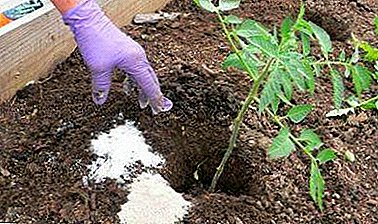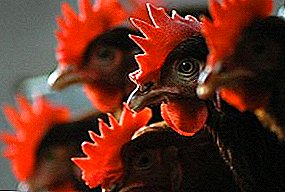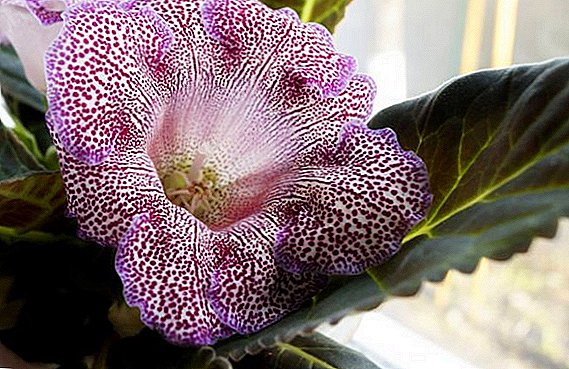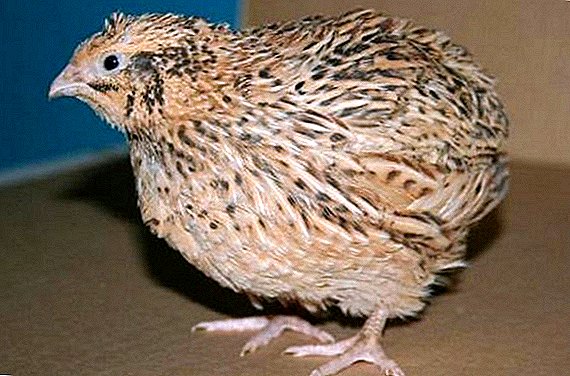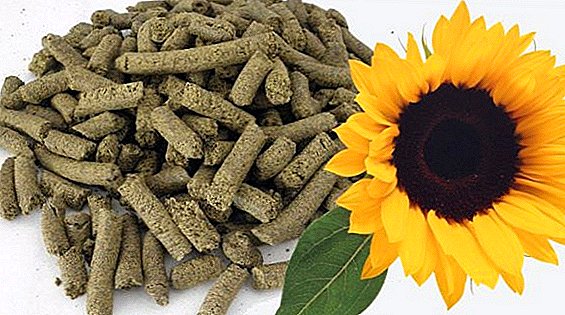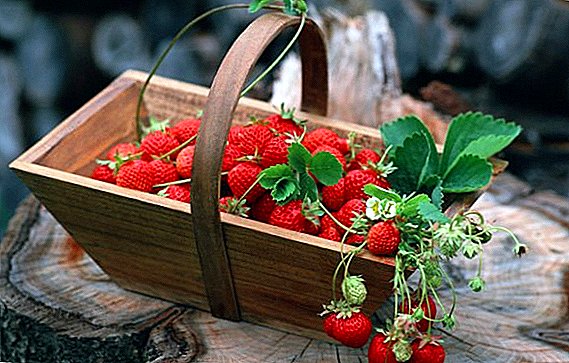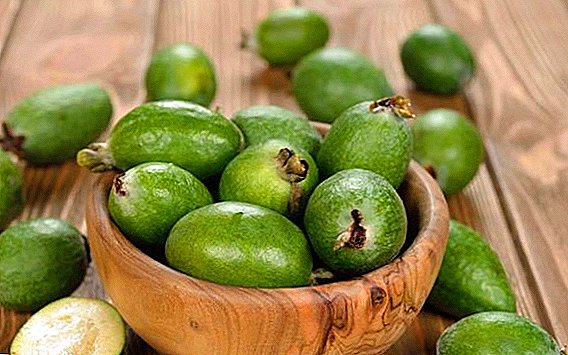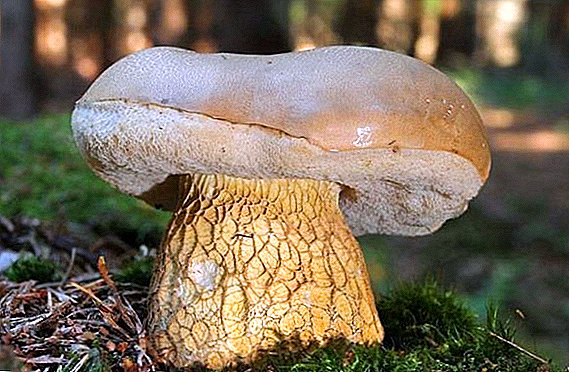 Inexperienced and novice mushroom pickers, due to their ignorance, sometimes put themselves in danger of collecting inedible or poisonous mushrooms - in the kingdom of mushrooms there are a lot of specimens that look very similar to edible species, but in fact are poisonous. How to distinguish a false white fungus from an edible, what are the symptoms of poisoning with a bitter tree, where it grows, and what it looks like - more in the article.
Inexperienced and novice mushroom pickers, due to their ignorance, sometimes put themselves in danger of collecting inedible or poisonous mushrooms - in the kingdom of mushrooms there are a lot of specimens that look very similar to edible species, but in fact are poisonous. How to distinguish a false white fungus from an edible, what are the symptoms of poisoning with a bitter tree, where it grows, and what it looks like - more in the article.
Edible or not
Due to the fact that gorchak is often confused with a real white mushroom, it got its name - false. It belongs to the group of inedible, which can not be eaten even after heat treatment.  Due to the fact that this inedible species gives off bitterness, he was given the nickname - gorchak (also called bitter and hare mushroom). It is noteworthy that bitter is not poisonous, but it is impossible to eat it because of the inedible bitter pulp.
Due to the fact that this inedible species gives off bitterness, he was given the nickname - gorchak (also called bitter and hare mushroom). It is noteworthy that bitter is not poisonous, but it is impossible to eat it because of the inedible bitter pulp.
What does a false white mushroom look like?
The white mushroom duplicate is very similar to its edible counterpart, and these two instances can be distinguished only by minor external differences.
Familiarize yourself with the list of dangerous and poisonous mushrooms, as well as how to identify a false boletus, inedible russula, lozhopenkov, mushroom umbrella.
Hat
The size of the bit of a bit of a bitter can vary from 5 to 15 cm in diameter - when wetted, it becomes a little sticky and rough, like a hat of a boletus. The shape of the cap is standard for boletus - hemisphere.
The older the gorchak, the more rounded the cap becomes. Color varies from light brown to brown, may have light streaks. 
Pulp
The pulp of bitter medium medium hardness, white and pink color, with pronounced fibers. A characteristic feature - it is not susceptible to damage by worms and, as a result, rarely rot. Does not have a rich smell, but its taste is very bitter, with a sour note. When cut and in contact with air, the flesh begins to redden.
Important! Although gorchak does not have a pronounced aroma, with age it acquires a suffocating putrid odor. Even one small instance of bitter, once in the dish, immediately spoils the taste of food with its sharp smell and bitter taste.
Tubular layer
It consists of small white tubules that are attached to the stem of the bitter. The color flows smoothly from milky to pink.
Leg
The leg of a bitter is strong, wide and heavy. Its thickness varies from 1 to 3 cm, it can grow up to 13 cm in height. Its characteristic feature is a bloated fibrous base, which is shaped like a mace.  The color of the legs has shades of brown, without going into a rich-brown. In the upper part there is a yellow or gray mesh pattern that appears on the stem during the process of maturation - the older the bitter, the clearer this mesh appears.
The color of the legs has shades of brown, without going into a rich-brown. In the upper part there is a yellow or gray mesh pattern that appears on the stem during the process of maturation - the older the bitter, the clearer this mesh appears.
Where and when grows
The favorite place of growing bitter - coniferous or mixed forests. They love sour fertile soil - they can grow on sandstones as well as near half-rotten conifer stumps or on the base of trees.
Gorchak is widespread everywhere - it can be found on all continents. The time of formation and growth are warm months (from mid-June to October). He loves bright light and wet soil, so the bitter can often be found in open glades and marshlands. Formed in groups of 5 to 15 copies.
Did you know? In the Croatian Zagreb there is a museum of mushrooms, which has more than 5,000 living exhibits.

How to distinguish from edible twins
In order not to be mistaken in choosing a mushroom, and not to pick up a poisonous or inedible specimen, you need to know exactly what kind of external characteristics one or another species has. The main feature of the bitter tree, by which it can be distinguished from the edible type, is that when cut, the bitter begins to darken immediately, and the place of the fracture becomes saturated brown.
Real white mushroom
There are three main points by which a bitter can be distinguished from an edible white specimen:
- the color of the cap (in bitter - brown shades, and the white fungus may have a reddish or cherry colouration of the cap);
- leg shape - a bit of a bit of a bit of a bit of a bit of a bit of a bit of age, which gives the stem a similarity to the mace
- The ability of bitter to darken on contact with air, whereas in a true white fungus, the flesh does not change its color.
Learn about varieties of white mushrooms, the beneficial properties of white mushrooms, about all sorts of methods of harvesting white mushrooms for the winter.The tubular layer of the white fungus is always white or olive in color, while in bitterbush the color smoothly flows into pink - this feature can also be used to distinguish an inedible false specimen from its edible counterpart.

Important! Inexperienced mushroom pickers, to distinguish a false white mushroom from the present, taste the flesh, or lick the cap of the mushroom - the juice of the bitter has a characteristic bitterness, and also burns heavily. And although this method is very effective, it is not recommended to use it - there is a danger of getting food poisoning, and with frequent bitterness tests on the tongue - liver cirrhosis.
Brownberry
Another edible twin of Gorchak is a brownberry. Unlike bitter, brown hair has a less thick leg, which does not have a thickening at the bottom.
Learn how to identify such edible mushrooms as mokruha mushroom, float mushrooms, parus mushrooms, meadow shrub, stitches of autumn, boletus mushroom, svinushki, black weed, sandboxes, ryadovka, boletus.
Remember that the bitter always looks perfect, it is not affected by worms and rarely decays (its bitterness scares insects and worms), but the boletus often attracts worms that destroy its outer shell.
Also brownberry has a pleasant smell, and white flesh, while gall fungus does not smell, and its flesh and tubular layer have a pinkish color. 
Symptoms of poisoning
Unfortunately, not a single person is insured against mushroom poisoning - it happens that even experienced mushroom pickers will not escape this attack. Although bitter is not a poisonous species, its active ingredients, when released into human blood, cause severe intoxication.
Also, the use of gorchaka adversely affects the liver and the gallbladder work - even 20 days after the use of such an inedible specimen, violations can still be observed with the removal of bile.
Did you know? There are many cases in history when famous people and monarchs were poisoned with mushrooms. Thus, it was recorded that the Roman emperors Claudius and Tiberius (I century BC), Emperor Alexander I (XVIII-XIX centuries), French monarch Charles V (XVI century), and Pope Clement VII (XV century) all fell victims of mushroom poisoning.
Symptoms of poisoning are:
- sharp pain in the abdomen, cramps;
- bitterness and dry mouth;
- dizziness, general weakness;
- temperature rise;
- emetic urges;
- in some cases - blanching of the skin, the appearance of bruises under the eyes.

If there is even one symptom from the list, it is necessary to wash the stomach - to do this, give the patient a large amount of warm water with a weak solution of potassium permanganate, and immediately seek medical help.
You can not give the usual pills for abdominal cramps - the active components of such drugs, as a rule, come into conflict with substances of bitterness, which can lead to a deterioration. Remember: any delay in the case of mushroom poisoning can cost life, so you need to act quickly and confidently.
Bitter bitterness is the most famous and widespread counterpart of such edible species as a brown boletus and white mushroom. Knowledge of the external characteristics of the bitter and its characteristic features will make it possible to easily distinguish this inedible mushroom from its edible twins, and to protect itself from possible poisoning.
Feedback from network users



